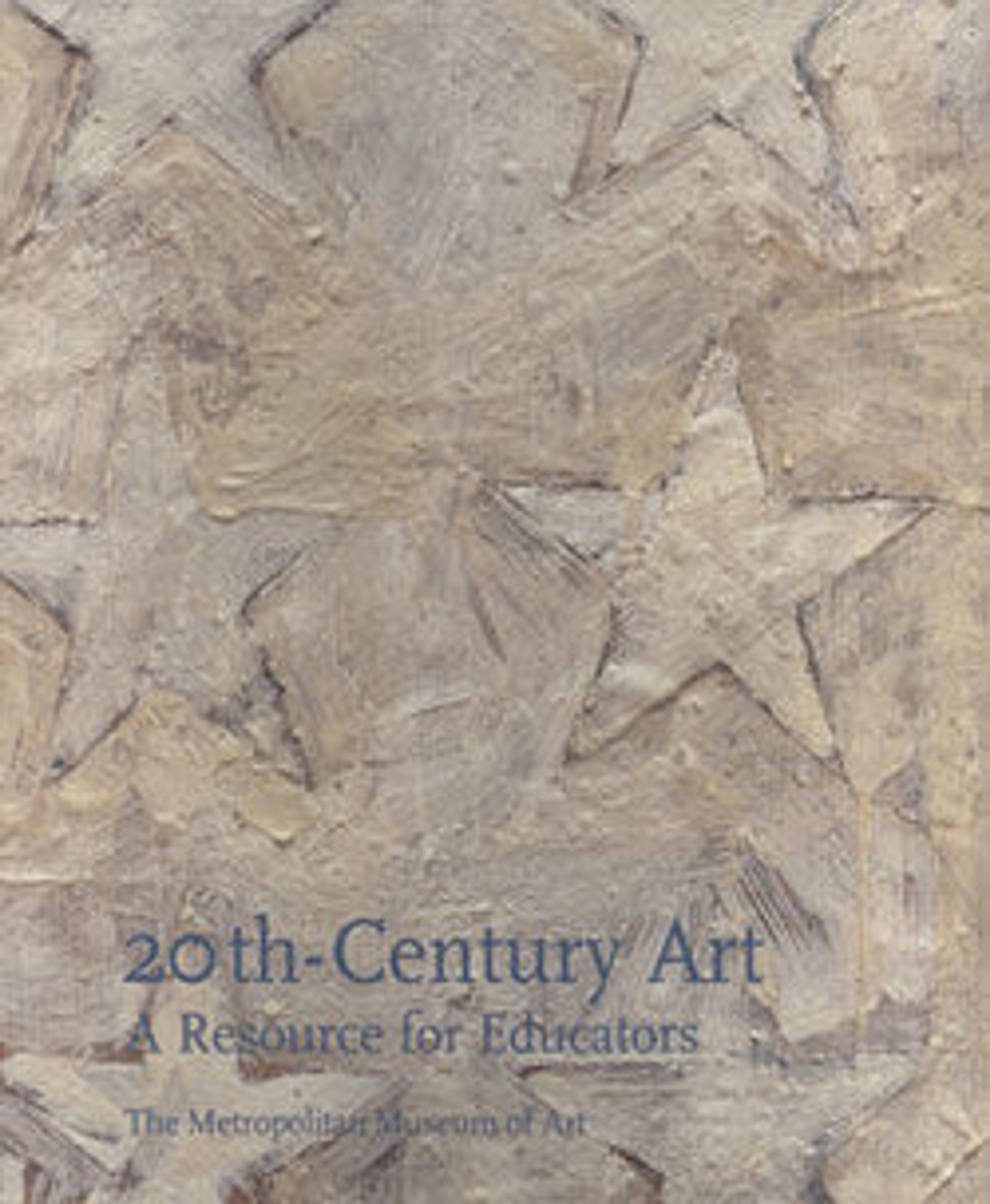Water Stone
The fountain and its setting form an abstract garden that evokes the close relationship between interior and exterior space. The wood screen (whose construction was approved by Noguchi) is an architectural convention dating back to the seventeenth century, whereby an interior view is focused on a specific frame of a garden. In Japan, gardens often contain a stone basin to collect water, conveyed through a bamboo pipe from a nearby mountain stream. But here, the water emerges from the depths of the rock, uniting the disparate elements of water and stone.
Artwork Details
- 「ウォーター・ストーン」
- Title: Water Stone
- Artist: Isamu Noguchi (American, Los Angeles, California 1904–1988 New York)
- Date: 1986
- Culture: Japan/United States
- Medium: Basalt; on a foundation bed of naturally rounded granite stones
- Dimensions: H. 25 in. (63.6 cm); W. 42 3/4 in. (108.6 cm)
- Classification: Sculpture
- Credit Line: Purchase, Anonymous Gift, 1987
- Object Number: 1987.222
- Rights and Reproduction: © The Isamu Noguchi Foundation and Garden Museum
- Curatorial Department: Asian Art
Audio
8935. Water Stone
Gallery 229
Almost invisibly water flows over this stone fountain. The fountain is one of the last sculptures by Isamu Noguchi, the American-born sculptor and designer. He created it, especially for this space in The Metropolitan in 1986. Noguchi made the fountain in Japan—the light stones you see in the fountain's bed come from the Ise River, the site of the most important ancient Shinto shrine in Japan. The dark basalt stone that Noguchi selected and carved to form the fountain itself is from Japan as well.
This fountain and its setting is an abstract garden meant to evoke the close relationship between interior and exterior space in Japan. The wooden screen represents an architectural convention that dates back to the seventeenth century, whereby an interior view is focused on a specific frame of a garden. Your view now is constructed as though you were inside a home or temple looking out, and the sculpture itself is an abstraction of a Japanese garden. Gardens often contained a stone basin to collect water from a nearby mountain stream. Ordinarily, water would be conveyed through a bamboo pipe into the basin, but here it emerges from the depths of the rock, uniting the disparate elements of water and stone.
More Artwork
Research Resources
The Met provides unparalleled resources for research and welcomes an international community of students and scholars. The Met's Open Access API is where creators and researchers can connect to the The Met collection. Open Access data and public domain images are available for unrestricted commercial and noncommercial use without permission or fee.
To request images under copyright and other restrictions, please use this Image Request form.
Feedback
We continue to research and examine historical and cultural context for objects in The Met collection. If you have comments or questions about this object record, please contact us using the form below. The Museum looks forward to receiving your comments.
